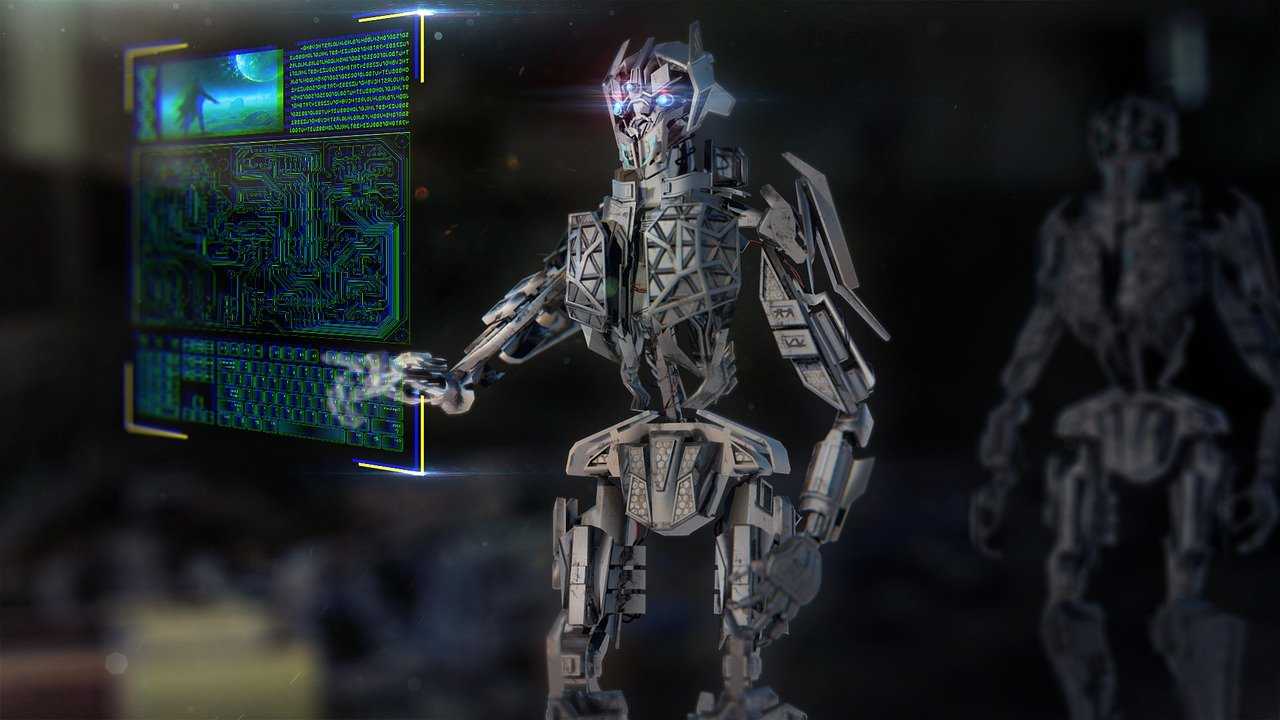
AI
Have you ever wondered about the magic behind AI that can create stuff out of thin air? Welcome to the world of Generative AI. It’s this super cool branch of artificial intelligence that’s not just about understanding data but actually making new things.
Imagine having a robot that can write its own stories, whip up images, compose music, or even create videos from just a few lines of text. It’s kind of like having your own AI-powered artist or author. In this article, we’re going to dive deep into what Generative AI really is, how it works, and some of the awesome and creative ways it’s being used.
From making art to writing poetry and even helping out in business, Generative AI is changing the game in all sorts of fields. Let’s explore this fascinating tech and discover the endless possibilities it brings to our world!
Understanding Generative AI: More Than Just Algorithms
Are you curious about the latest buzz in tech? You might be asking what is generative AI or how it’s becoming a game-changer in various industries, from automating content creation to personalizing user experiences with its innovative capabilities.
Generative AI is a type of artificial intelligence that creates new things like text, sound, pictures, or videos. It has many uses. For example, it can write a story in the style of a certain author, make a picture of a person who isn’t real, create music like a famous composer, or turn a written description into a video clip.
This means it can write text, compose music, or generate images by understanding patterns and structures in existing works. Its ability to learn and create makes it a powerful tool in the hands of content creators, offering new ways to approach and execute creative projects.
Enhanced Creativity in Writing and Publishing
Generative AI significantly enhances creativity in writing and publishing. Writers and publishers are now experimenting with AI tools to generate ideas, draft stories, and even write complete novels and articles. These AI systems can analyze extensive literary works and mimic styles or genres, providing a base for writers to build upon. This doesn’t replace the human touch in writing but augments creativity, allowing writers to explore new dimensions and overcome creative blocks.
Revolutionizing Graphic Design and Visual Arts
In the world of graphic design and art, Generative AI is really shaking things up. Artists and designers are now using AI to make cool, complex designs that would be super hard or take forever to do by hand. It can whip up complicated patterns or even help come up with whole pieces of art. This tech is making it faster to create designs and letting artists try out new, creative ideas they might not have thought of before.
Transforming Video Production and Editing
Video production and editing are also transforming, thanks to Generative AI. This technology is being utilized to create realistic visual effects, animate scenes, and even generate entire video sequences. It can analyze and understand the style and rhythm of existing footage and replicate it to create new content. This reduces the time and resources needed for video production and allows creators to experiment with different visual styles and effects.
Innovations in Music Composition
Generative AI’s impact on music composition is profound. Composers and musicians are using AI to generate melodies, harmonies, and even complete musical pieces. These systems can learn from a vast range of music styles and genres, enabling them to create compositions that are both innovative and reflective of human musicality. AI in music is not just about creating new pieces; it’s also about exploring new soundscapes and redefining the boundaries of musical creativity.
AI in Game Development and Virtual Worlds
Generative AI is making a substantial impact in the gaming industry and the creation of virtual worlds. Game developers are utilizing AI to design more intricate and immersive environments, creating realistic textures and landscapes that enhance the gaming experience. This technology is also pivotal in character development, enabling the creation of diverse and dynamic characters with unique behaviors and personalities driven by AI algorithms. Moreover, AI is increasingly used in developing complex game narratives, where storylines evolve based on player interactions, making each gaming experience unique.
Personalizing Marketing and Advertising Content
In marketing and advertising, Generative AI is revolutionizing how content is tailored to individual preferences. AI algorithms analyze consumer data to personalize marketing campaigns, ensuring that the content resonates with the target audience. This personalization extends to creating customized ad copy, images, and even video content that speaks directly to consumer desires and needs. This level of personalization not only increases engagement but also significantly boosts the effectiveness of marketing efforts, leading to higher conversion rates and customer satisfaction.
Impact on News and Journalism
Generative AI’s role in news and journalism is growing, with AI systems now able to generate news articles and reports and even assist in data journalism. These AI tools can quickly sift through large data sets to identify trends and create narratives, aiding journalists in their reporting. However, this raises questions about authenticity and the role of human journalists. While AI can enhance the speed and breadth of news coverage, it is essential to maintain journalistic integrity and ensure that AI-generated content is used responsibly and ethically.
Ethical Considerations and Creative Integrity
With the rise of Generative AI in content creation comes a host of ethical considerations. Issues such as the originality of AI-generated content, copyright concerns, and the potential for misuse need to be carefully navigated. It’s crucial to establish guidelines that uphold creative integrity and ensure that AI is used as a tool to augment human creativity, not replace it. This involves maintaining transparency about the use of AI in content creation and ensuring that AI-generated content is ethical and socially responsible.
Future Trends: Where Generative AI is Heading
The future of Generative AI in content creation looks promising, with potential advancements expected to further revolutionize the field. We may see AI becoming more collaborative, working alongside humans to co-create content that blends AI efficiency with human creativity and insight. Moreover, as AI technology advances, we can expect even more realistic and sophisticated content generation, potentially blurring the lines between AI-generated and human-created content.
Conclusion
Generative AI is transforming the landscape of content creation in profound ways. From game development and personalized marketing to its burgeoning role in journalism, AI is enabling creators to explore new horizons and deliver content that was once thought impossible.
However, as we embrace these advancements, it’s crucial to remain mindful of the ethical implications and ensure that the use of AI in content creation is responsible and enhances, rather than diminishes, human creativity. The future of content creation with Generative AI is bright and holds endless possibilities, but it requires a thoughtful approach to harness its full potential while maintaining the essence of human touch in creativity.






